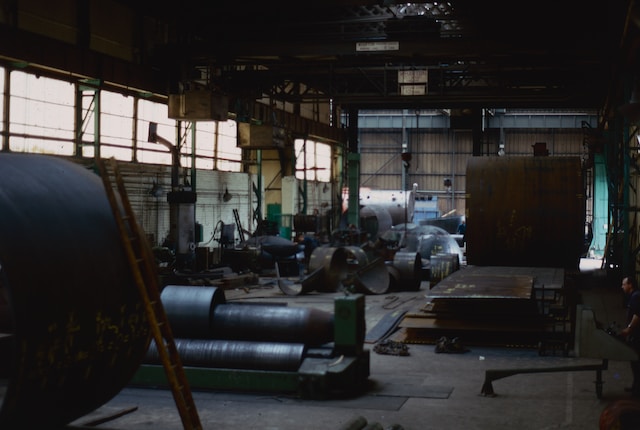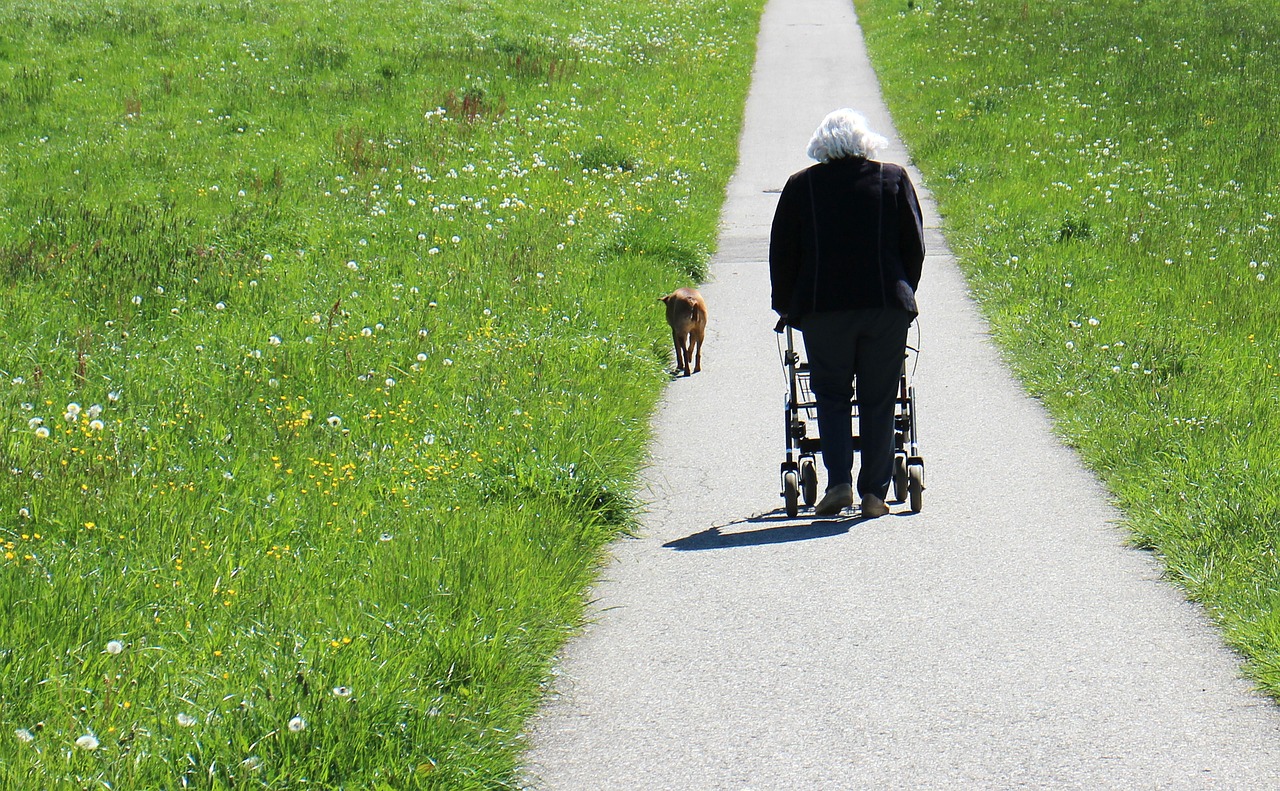Sidewalks are a vital part of any urban or suburban neighborhood, providing safe pathways for pedestrians and contributing to the overall curb appeal of your property. As a homeowner, it’s your responsibility to maintain the sidewalk in front of your home, and failing to do so can result in violations, fines, or even liability in the event of an accident. In many cities, including New York City, sidewalk maintenance is not just a courtesy; it’s a legal obligation. Thankfully, fixing sidewalk issues is manageable if you follow the right steps.
In this article, we’ll guide you through the essential steps to fix your sidewalk and avoid violations, helping you ensure both safety and compliance with local regulations.
1. Identify the Problem
Before you can fix your sidewalk, it’s important to assess its condition and identify any issues that may exist. The most common problems that lead to violations include:
- Cracked or uneven surfaces: Large cracks or misaligned sidewalk slabs can create tripping hazards, especially for pedestrians and people with disabilities.
- Obstructions: Tree roots, debris, or overgrown plants can block the sidewalk or make it impassable.
- Water drainage issues: Poor drainage can cause puddles, erosion, or flooding, leading to further damage to the sidewalk.
- Snow and ice accumulation: Failing to remove snow and ice promptly after winter storms can lead to slippery conditions, creating a dangerous environment for pedestrians.
Inspect your sidewalk thoroughly, looking for any of the above issues, and take note of the specific problem areas. If you’re unsure about the cause of the damage (e.g., tree roots lifting the sidewalk), consult with a professional contractor who can assess the situation and recommend the appropriate repair.
2. Address Cracks and Uneven Surfaces
One of the most common sidewalk violations stems from cracks, holes, or uneven surfaces. Not only do these issues pose a tripping hazard, but they can also worsen over time if left unaddressed.
Here’s how you can fix sidewalk cracks and uneven surfaces:
- Small cracks: For minor cracks (less than 1/2 inch wide), you can use a concrete crack filler or patching compound to fill in the gaps. Simply clean the crack, apply the filler, and smooth it out with a putty knife.
- Larger cracks or holes: For more significant cracks or holes, you may need to replace the damaged portion of the sidewalk. You can either remove the damaged slab yourself or hire a professional contractor to do it. Once the damaged section is removed, pour new concrete into the space and smooth it out to create a level surface.
- Uneven sidewalks: Uneven sidewalk slabs caused by settling or shifting can be difficult to fix on your own. A professional contractor can level or replace the sidewalk slab to ensure it meets local safety standards.
3. Remove Obstructions
If your sidewalk has become obstructed by tree roots, overgrown plants, or debris, it’s important to clear the obstruction as soon as possible to prevent a violation.
Here’s how to handle common obstructions:
- Tree roots: Tree roots often cause the sidewalk to lift or crack. If you’re dealing with city-planted trees, you may need to contact the local Department of Parks and Recreation to handle root removal. If the trees are on your property, consult with an arborist to determine whether the roots can be safely removed or if the tree should be pruned or removed.
- Debris and waste: Sweep away any leaves, trash, or other debris that may have accumulated on the sidewalk. Keeping the sidewalk clear not only prevents violations but also improves the overall appearance of your property.
- Overgrown plants or shrubs: Trim any plants, bushes, or trees that are growing over the sidewalk or obstructing pedestrians. This will prevent future violations and ensure safe passage for pedestrians.
4. Stay Proactive and Maintain Your Sidewalk
To avoid future violations, it’s important to stay proactive about sidewalk maintenance. Regularly inspect your sidewalk for cracks, obstructions, or drainage issues, especially after storms or seasonal changes. Taking action before problems escalate can help you avoid costly repairs and fines in the future.
Conclusion
Fixing your sidewalk and avoiding violations is an essential part of being a responsible homeowner. By regularly inspecting your sidewalk for damage, addressing issues promptly, and following local regulations, how to look up sidewalk violation NYC in good condition and avoid fines or liability. Whether it’s repairing cracks, clearing obstructions, or improving drainage, staying on top of maintenance ensures that your sidewalk is safe and compliant, while enhancing the overall appeal of your home. For reliable and professional contracting services, visit ZicklinContracting.com —your trusted partner for all your renovation and construction needs.







